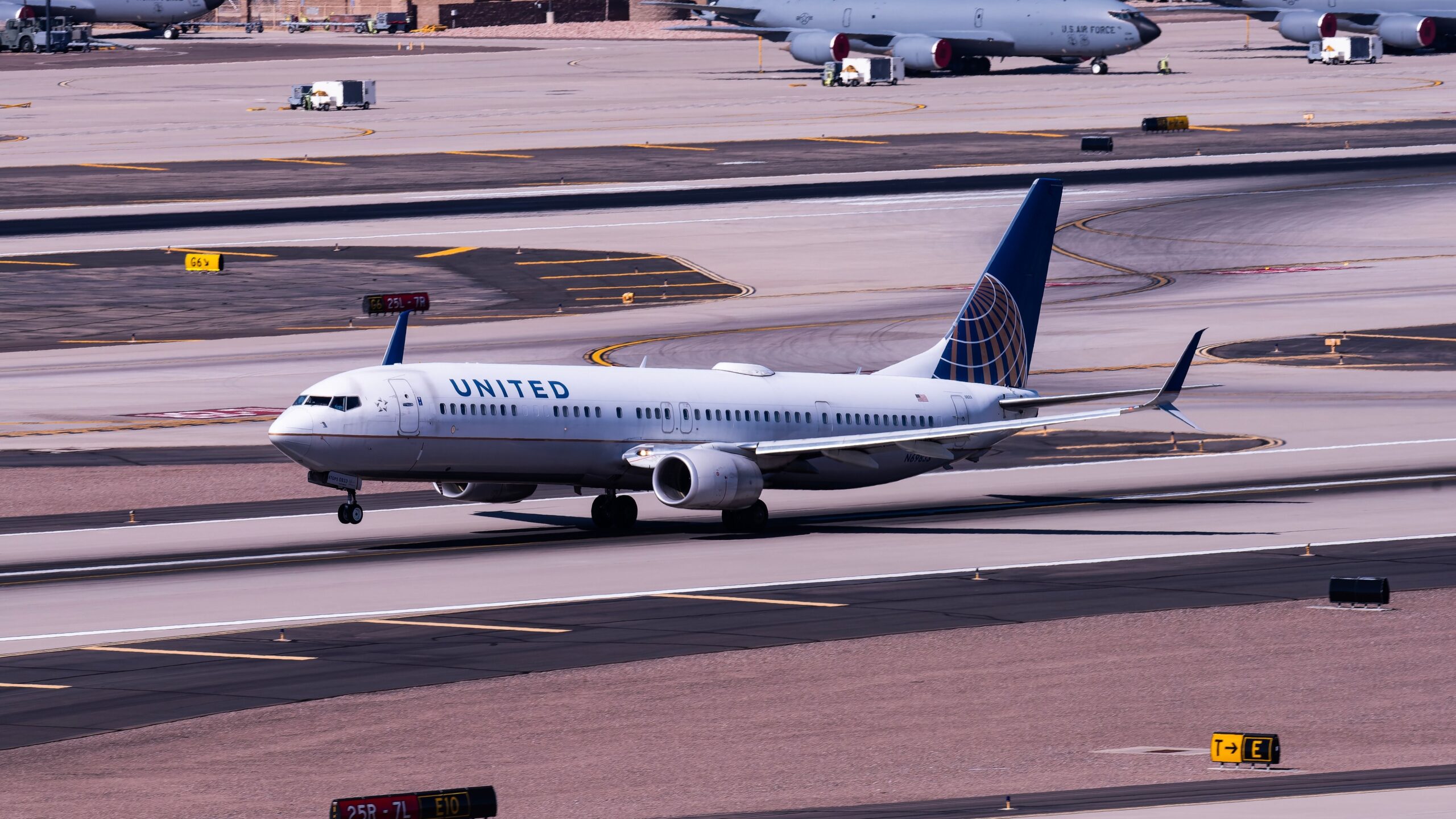The Federal Aviation Administration ( FAA
) has disclosed that Delta Air Lines and United Airlines aircraft were involved in a near-miss in Phoenix, Arizona, the United States, on January 11.
Loss of required separation
The FAA issued a short statement detailing that Delta Air Lines and United Airlines aircraft both landed safely after a loss of required separation when both aircraft were inbound to Phoenix Sky Harbor International Airport
(PHX) on January 11.
“Both flight crews received onboard alerts that the other aircraft was nearby. Air traffic control issued corrective instructions to both flight crews.”
Photo: Vincenzo Pace | Simple Flying
According to the regulator, the aircraft involved was a Delta Air Lines Airbus A330-300
, registered as N820NW, and a United Airlines Boeing 737-900ER
, registered as N68891.
The former was operating flight DL1070 from Detroit Metropolitan Wayne County Airport
(DTW), while the latter was flying the scheduled itinerary UA1724 from San Francisco International Airport
(SFO).
The FAA noted that the incident happened at around 11 am local time (UTC -7). Flightradar24 records showed that both flights were on a collision course above Estrella Village, a neighborhood in Phoenix, Arizona.

Related
A Guide To Separation: How Aircraft Stay Away From Each Other In The Air
Have you ever been lucky enough to see an aircraft passing by while flying?
Entering holding patterns
According to Flightradar24 records, the aircraft were still on their usual flight paths at 11:58:19, as both were lining up for an approach on one of the runways at Phoenix-Sky Harbor. However, at 11:58:58, the aircraft lost the mandated separation and abandoned their approach attempts.
Subsequently, the ![]() Delta Air Lines
Delta Air Lines
and United Airlines flights entered holding patterns above Phoenix, with the A330-300 turning northward and the 737-900ER turning southward.
The Delta Air Lines A330-300 later safely landed on runway 08/26 at 12:08, while the United Airlines 737-900ER touched down on runway 07R/25L at 11:06 without further incident.
Both aircraft operated further flights on January 11, with the Delta Air Lines twin-aisle jet returning to Detroit and then proceeding to cross the Atlantic Ocean toward Amsterdam Schiphol Airport
(AMS).
The ![]() United Airlines
United Airlines
Boeing single-aisle operated flight UA1400 to Chicago O’Hare International Airport
(ORD), its final flight of the day, despite landing at its destination airport at 16:31 local time (UTC -6).

Related
Investigators Reveal Cause Of Near Miss Between Delta A330 & Ryanair 737
The investigators noted that the two aircraft were separated vertically by 700 feet (213.3 meters).
Collision avoidance
Modern aircraft are equipped with either an Airborne Collision Avoidance System (ACAS) Xa/Xo or a traffic alert and collision avoidance system (TCAS). The FAA described the latter system – TCAS II – as an “airborne traffic alert and collision avoidance system that interrogates air traffic control (ATC) transponders in nearby aircraft and uses computer processing to identify and display potential and predicted collision threats.”
“The system will provide appropriate aural and visual advisories to the flight crew to take action to ensure adequate separation when the computer analysis of the intruding aircraft transponder replies predict a penetration of the protected airspace.”
Photo: Ronen Fefer | Shutterstock
Meanwhile, ACAS Xa/Xo, which provides traffic advisories (TAs) and resolution advisories (RAs), has been replacing TCAS I and TCAS II with Hybrid Surveillance for aircraft built after March 30, 2022. According to a technical standard order (TCO) from the FAA, the decision was made to increase safety margins, improve surveillance logic, and optimize the collision avoidance logic.
The FAA noted that it now permits four ACAS II variants in US airspace, including TCAS II version 6.04a, TCAS II version 7.1, and ACAS Xa, which includes optional ACAS Xo features.

Related
FAA Deems American Eagle & Delta Connection CRJ900s Were “Separated” Despite Flying 725 Feet From Each Other
The PSA Airlines and Endeavor Air Mitsubishi CRJ900s eventually reached their destinations safely.



